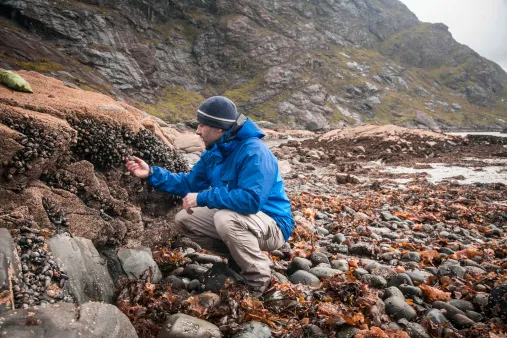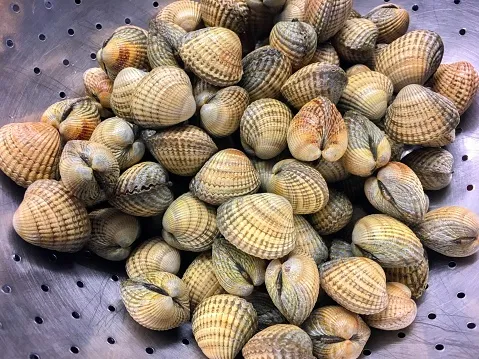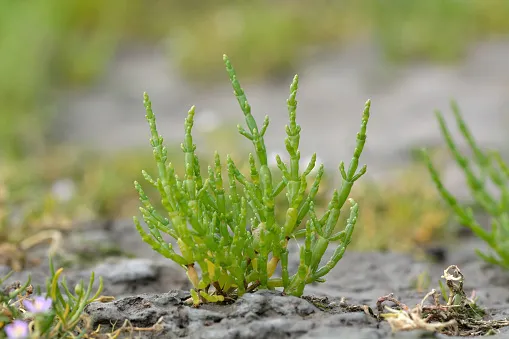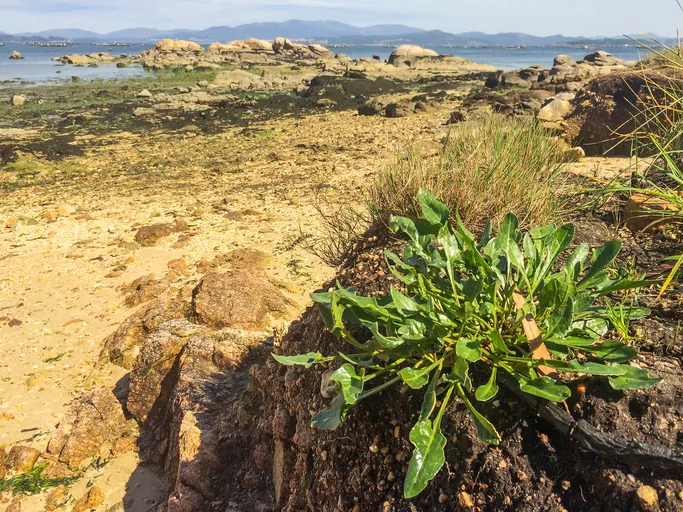The trees and bushes may be a little bare in December, but there are still rich pickings to be had for keen foragers. This is the perfect time of year to head to the coast in search of shellfish and sea vegetables that you'd pay a pretty penny for in most fishmongers. Winter storms move large rocks around, exposing new clusters of shiny shells. As always, be sure to forage responsibly and leave plenty for others – and wildlife – to eat as well.
See our monthly guide to foraging responsibly for guidance on collecting all types of wild food, and if you're looking for a good field guide to assist you, see our recommendations for the best foraging books and best foraging courses in the UK. Read on for our December foraging guide to find everything you need for a coastal feast.
December foraging guide
Mussels

Mussels are perhaps the best protein-for-effort return of all foraged foods in the UK. Be ever wary of the tides as you forage on the rocks at the lowest ebb. Pick mussels only where you are sure the water is clean (a Blue Flag beach is best). The rocky coasts of Cornwall, Devon, the Gower Peninsula and Pembrokeshire are ideal.
You can leave the mussels in a bucket of clean saltwater overnight to allow them to purge themselves of any grit. Scrub off the beards and barnacles and cook in the French moules mariners style (steamed in butter and wine). Or why not try with a little chorizo, red wine and passata?
Cockles

Cockles are harder to find than mussels – you need to dig or rake sandy beaches at low tide when vast stretches of sand are exposed. Cockle shells are a useful clue. You don’t need to dig far and if you find one cockle, you’re likely to find a group.
Keep your catch overnight in clean seawater to allow them to clean themselves. The spaghetti vongole is a favourite way to eat cockles – a simple delicious pasta sauce with the cockles steamed open.
Marsh samphire

This is the samphire that you find in more enterprising fishmongers but is easily foraged for – if you know the right beaches. It is found in the sandy, muddy intertidal zones, so is only exposed at low tide. Pick the tips.
Also known as common glasswort, it has a succulent, crunchy stem and is better swiftly steamed – 2-3 minutes at best – then served in unsalted butter. It can be extremely salty so wash in fresh water several times before cooking.
Sea beet

Sea beet looks very like thicker, shinier, juicier spinach and is the ancestor of sugar beet, beetroot, chard and perpetual spinach. However, its only ever found a few hundred yards from the sea.
Wash it to get rid of salt and braise in butter. It keeps its shape but tastes like the finest spinach with a touch of added sweetness and a deeper, less bitter undertone. It can be abundant but only ever pick a few leaves from each plant you find.
Discover more foraging guides:
